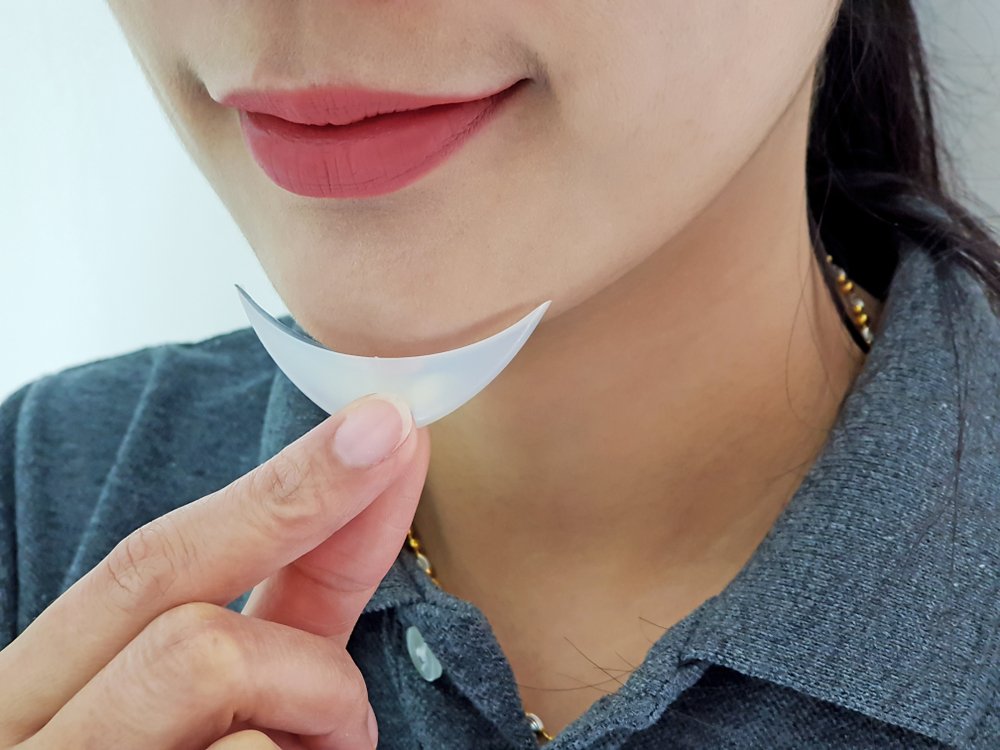Introduction: Enhancing Your Profile with Chin Implants
A well-defined chin plays a key role in balancing facial features and enhancing overall appearance. For individuals with a weak or recessed chin, a chin implant can provide lasting structural improvement.
This guide explains everything you need to know about chin implants — what they are, the types of materials used, the surgical procedure, and the reasons people opt for this popular cosmetic surgery.
What Is a Chin Implant?
A chin implant, also known as genioplasty or mentoplasty, is a surgical procedure that uses a biocompatible implant to reshape, augment, or enhance the chin. It involves placing a custom-shaped implant over the existing bone to improve chin projection and symmetry.
Materials Used in Chin Implants
Chin implants are made from safe materials designed to integrate well with body tissue without causing rejection or complications. The most common materials include:
- Silicone:
The most widely used implant material. Silicone is flexible, durable, and can be easily shaped to match patient needs. It’s smooth and inert, minimizing irritation. - Medpor (Porous Polyethylene):
A porous, biocompatible material that allows tissue to grow into it, providing more stability. Medpor implants are firmer and may offer a more natural feel but are harder to remove if necessary. - Gore-Tex (ePTFE):
A soft, porous material that also integrates well with tissue, less commonly used but valued for its flexibility.
Purpose and Benefits of Chin Implant Surgery
The main goals of chin implant surgery include:
- Improving Facial Balance:
A well-proportioned chin enhances jawline definition and balances the nose and lips, creating a harmonious profile. - Correcting a Receding Chin:
Chin implants provide forward projection for those with microgenia (small or recessed chin). - Enhancing Jawline Definition:
Augmenting the chin can sharpen the jawline and reduce the appearance of a double chin without liposuction. - Boosting Confidence:
Many patients experience improved self-esteem and satisfaction with their facial appearance after surgery.
Who Is a Good Candidate for a Chin Implant?
Ideal candidates typically have:
- A chin that is small, weak, or recessed relative to other facial features
- Good overall health and realistic expectations
- No active infections or medical conditions that impair healing
- Desire for a permanent, surgical enhancement rather than temporary fillers
The Chin Implant Procedure: What to Expect
- Consultation:
Your surgeon evaluates your facial structure and discusses goals. They select the appropriate implant size and material. - Anesthesia:
The procedure is usually done under local anesthesia with sedation or general anesthesia. - Incision:
The implant is placed via a small incision either inside the mouth (intraoral) or under the chin (external). Both approaches leave minimal visible scarring. - Placement:
The implant is positioned over the chin bone and secured. - Closing and Recovery:
Incisions are closed with sutures. Swelling and bruising are common but subside over 1–2 weeks.
Recovery and Results
- Downtime: Most patients return to work within 1 week.
- Swelling: Peaks at 2–3 days and gradually improves.
- Results: Final results appear after swelling resolves, usually within 1–3 months.
- Longevity: Chin implants are permanent but can be adjusted or removed if needed.
Conclusion: A Lasting Solution for Chin Enhancement
Chin implants offer a safe, effective, and permanent way to improve chin projection and facial harmony. Whether you want to correct a recessed chin or simply enhance your profile, understanding the materials, procedure, and benefits helps you make an informed decision.
Consult a board-certified plastic surgeon to explore if a chin implant is right for your aesthetic goals.




